Archives
- 2025-11
- 2025-10
- 2025-09
- 2025-04
- 2025-03
- 2025-02
- 2025-01
- 2024-12
- 2024-11
- 2024-10
- 2024-09
- 2024-08
- 2024-07
- 2024-06
- 2024-05
- 2024-04
- 2024-03
- 2024-02
- 2024-01
- 2023-12
- 2023-11
- 2023-10
- 2023-09
- 2023-08
- 2023-06
- 2023-05
- 2023-04
- 2023-03
- 2023-02
- 2023-01
- 2022-12
- 2022-11
- 2022-10
- 2022-09
- 2022-08
- 2022-07
- 2022-06
- 2022-05
- 2022-04
- 2022-03
- 2022-02
- 2022-01
- 2021-12
- 2021-11
- 2021-10
- 2021-09
- 2021-08
- 2021-07
- 2021-06
- 2021-05
- 2021-04
- 2021-03
- 2021-02
- 2021-01
- 2020-12
- 2020-11
- 2020-10
- 2020-09
- 2020-08
- 2020-07
- 2020-06
- 2020-05
- 2020-04
- 2020-03
- 2020-02
- 2020-01
- 2019-12
- 2019-11
- 2019-10
- 2019-09
- 2019-08
- 2019-07
- 2019-06
- 2019-05
- 2019-04
- 2018-11
- 2018-10
- 2018-07
-
GPR is a G protein coupled receptor that has pro
2022-03-08

GPR55 is a G protein-coupled receptor that has pro-oncogenic properties and whose expression correlates with tumor aggressiveness and increased activation of extracellular signal-regulated kinase (ERK) cascade [12]. Elevated expression of GPR55 has been linked to aggressiveness in human pancreatic,
-
The diseases of ocular surface and the
2022-03-08

The diseases of ocular surface and the cornea are very common in ophthalmological practice and as a result there is a continuous, need for novel therapeutic options. Here, we demonstrated a corneal distribution of GPR35, a potential molecular target for new drugs (; ). The search for the expression
-
GLP is known to be expressed in a subset
2022-03-08

GLP-1 is known to be expressed in a subset of taste bud cells and has been shown to co-localize with GPR120 in the circumvallate papillae [22]. Local GLP-1 regulates taste preference for sucrose [54]. Analogous to intestinal mediation of GLP-1 by GPR120, Martin et al.[22] report induction of GLP-1 s
-
Similar to GPR A activation of
2022-03-08

Similar to GPR109A, activation of G-protein-coupled receptor 81 (GPR81, also called HCAR1 (hydroxycarboxylic AG-1024 australia receptor 1)) by lactate suppresses lipolysis (Fig. 1), suggesting GPR81 to be a potential drug target for treating T2DM (Boyd et al., 1974, Cai et al., 2008, Gold et al., 19
-
As GLO is the major
2022-03-08

As GLO1 is the major detoxification system of reactive dicarbonyls, it is plausible that differences in production and activity of the enzyme influences AGE production and the development and/or modulation of diabetic neuropathy. Glo1 exists as a copy number variant (CNV) in many inbred strains mice
-
Previously we have shown that the natural flavonoid
2022-03-08
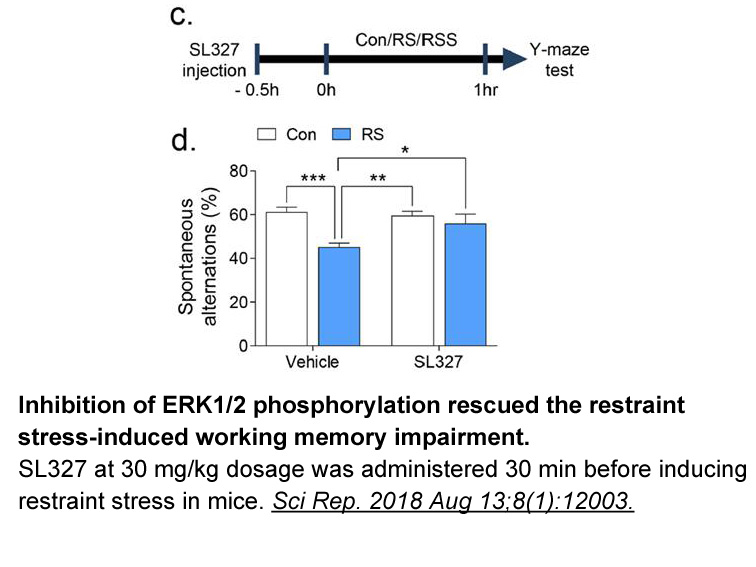
Previously, we have shown that the natural flavonoid compounds that possess C-4 ketone group and C-5 hydroxy group, such as baicalein, luteolin, myricetin and quercetin, effectively inhibit human GLO I. Considering our interest in inhibitors of GLO I and based on the rationale mentioned above, struc
-
The neurobiological mechanisms underlying DHK induced NOR le
2022-03-08
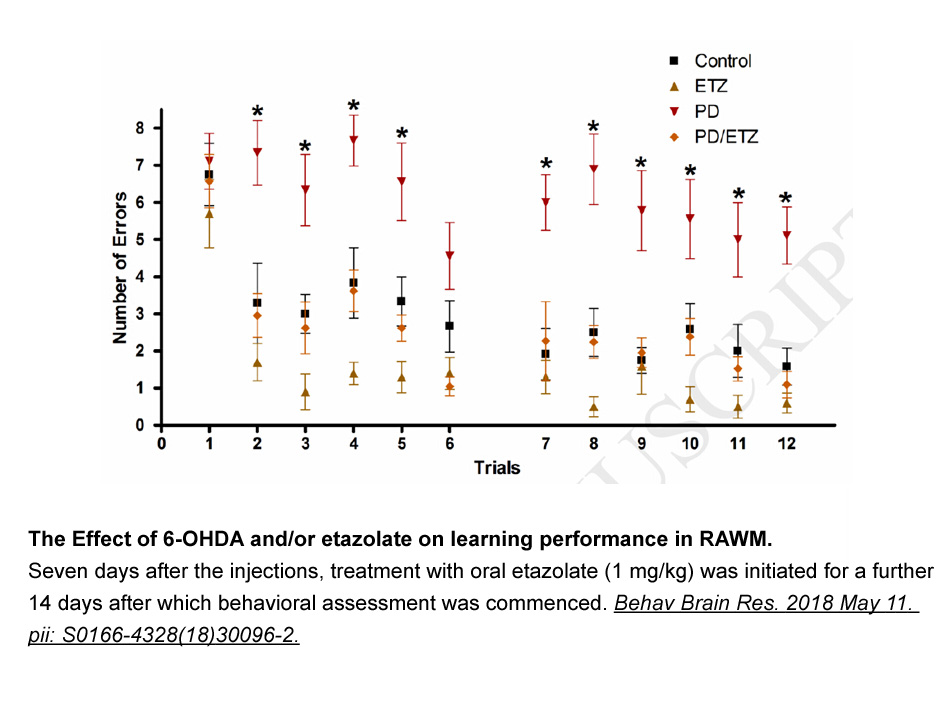
The neurobiological mechanisms underlying DHK-induced NOR learning and memory impairments remain unclear. Accumulated evidence shows that astrocyte-neuron lactate shuttle is of crucial important in synaptic plasticity and memory formation, and regulation of neuronal gene expression related to synapt
-
Instead our results reveal that autophagy controls
2022-03-08

Instead, our results reveal that autophagy controls the membrane association of the cargo-selective SNX-BAR retromer assembly (comprised of the VPS35/29/26 trimer in association with SNX1/2 and SNX5/6), which has been demonstrated to promote GLUT1 surface recycling. Accordingly, GLUT1 localization i
-
br Conclusions The results of this work showed
2022-03-08
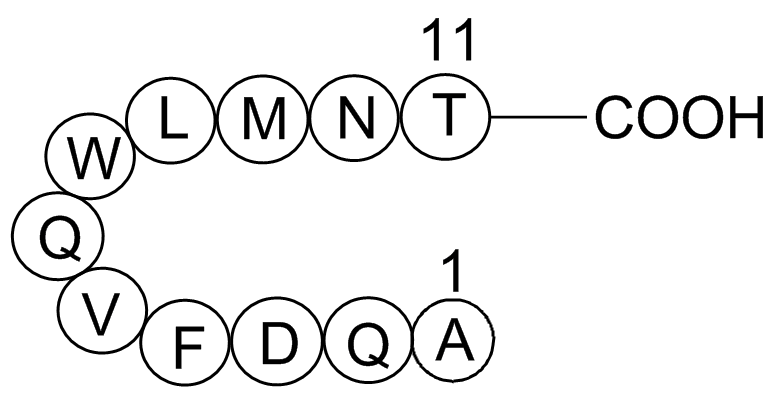
Conclusions The results of this work showed that β-glucosidase could be efficiently immobilized onto hydroxyapatite nanoparticles in a single adsorption step. The enzyme adsorption was accomplished by coordination bonds between remaining Ca2+ sites of HA and COO− of amino acids. The immobilizatio
-
Animal studies have shown that various antidepressant treatm
2022-03-08

Animal studies have shown that various antidepressant treatment are capable of upregulating GR protein and mRNA in key Cy5 NHS ester (non-sulfonated) regions including the hippocampus and decreasing basal and/or stress-induced glucocorticoid secretion [37]. Changes in the level or function of GR re
-
In this study we demonstrate that the
2022-03-08
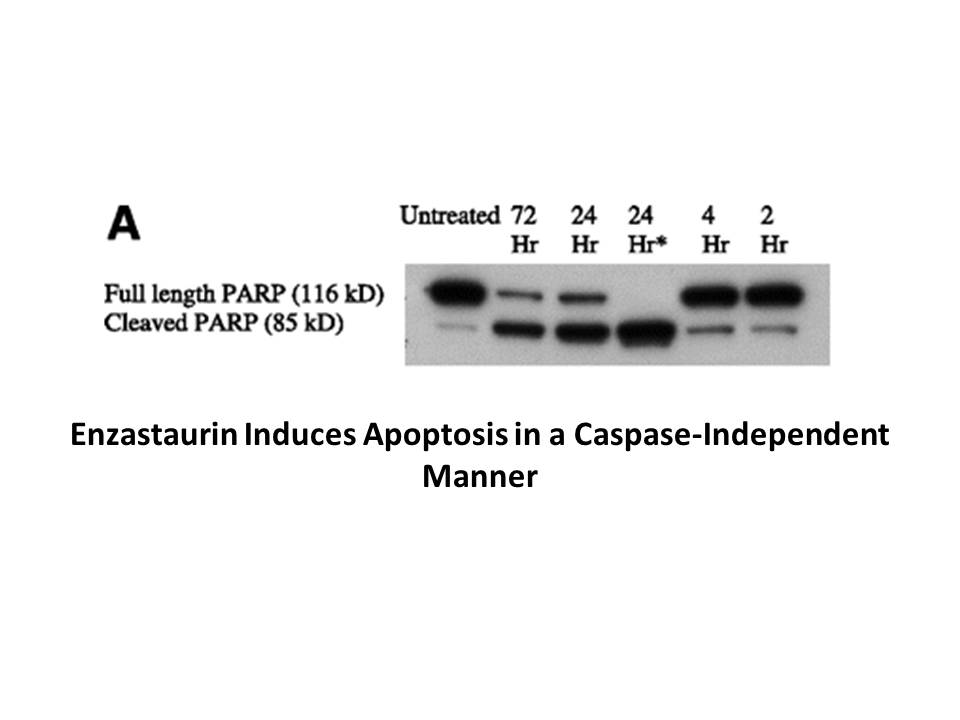
In this study, we demonstrate that the ETS transcription factor ETV5 is involved in the regulation of ghrelin system in response to the altered nutritional state. In the recent multiple GWAS studies, three single nucleotide polymorphisms (SNPs) of ETV5, rs7647305 (Thorleifsson et al., 2009; Willer e
-
It is important to underline that although ghrelin
2022-03-08

It is important to underline that AT13148 although ghrelin increases the motivation to eat even in fed state, its effects on food intake and reward are blunted in obese animal models (Zigman et al., 2016). This emphasizes also the interconnection between homeostatic regulation of food intake and rew
-
Inhibitors against the proteasome a
2022-03-08
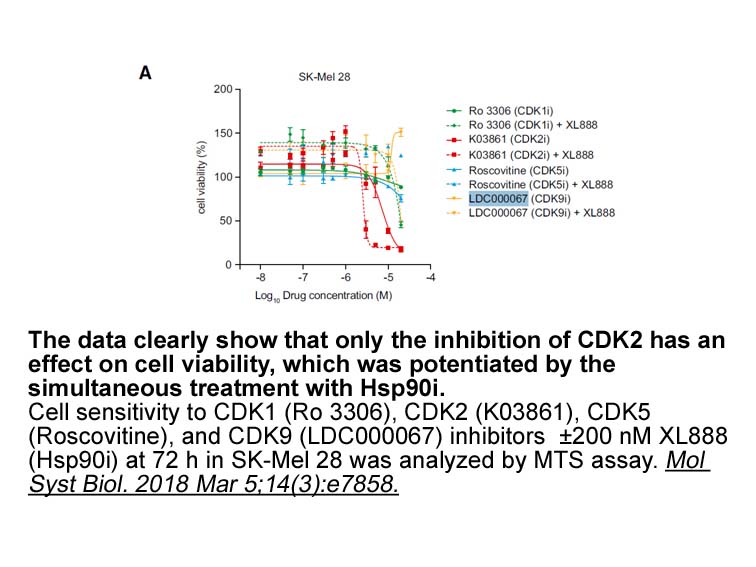
Inhibitors against the proteasome, a component of the ubiquitin-proteasome pathway that degrades cellular proteins, provide a new strategy for targeting the 26S proteasome [25]. Proteasome inhibitors can exhibit potent anti-cancer effects against different tumor GKT137831 and were shown to induce ap
-
br Secretase modulators a loss of pharmacology A lack of
2022-03-08
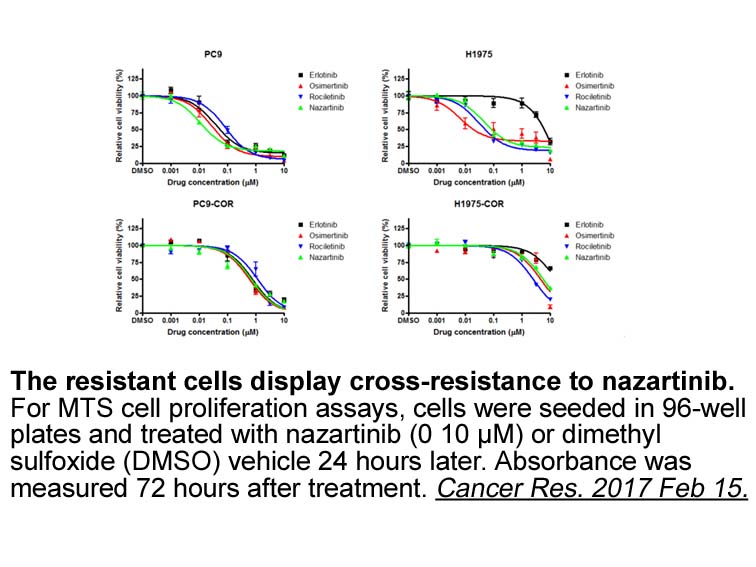
γ-Secretase modulators: a loss of pharmacology? A lack of translation from in vitro to in vivo pharmacology is an unresolved issue among most GSMs. R-flurbiprofen was tested in clinical trials, however, it did not achieve statistical significance on either of its primary endpoints – cognition or
-
Compound and several additional FPR antagonists identified h
2022-03-07
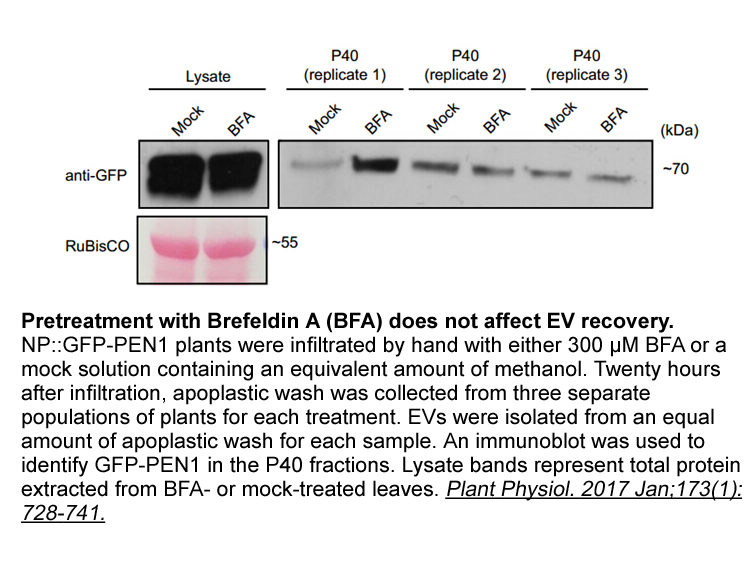
Compound 10 and several additional FPR1 antagonists identified here specifically blocked fMLF-induced responses mediated via FPR1 in FPR1-HL60 Piceatannol and human neutrophils, but not responses mediated via FPR2 or FPR3 (in human neutrophils and transfected HL60 cells) or Fpr1 (murine neutrophils
16096 records 478/1074 page Previous Next First page 上5页 476477478479480 下5页 Last page